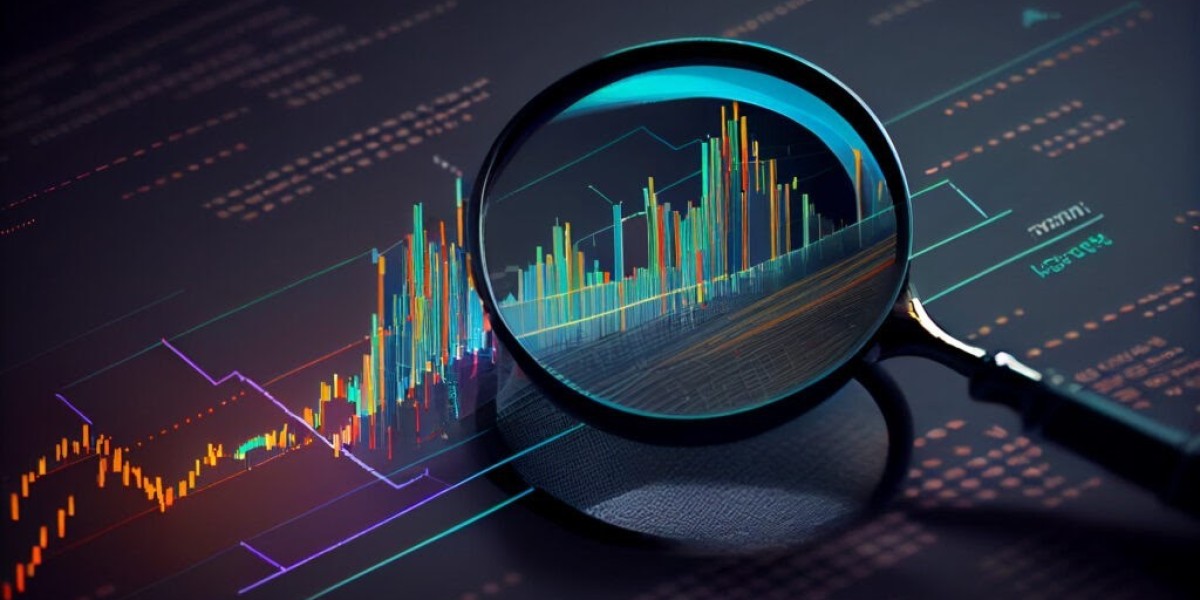In today's digital age, where businesses and individuals alike depend on interconnected systems and digital data, cybersecurity has emerged as a critical concern. Cyber threats are evolving rapidly, becoming more sophisticated and challenging to detect and mitigate. In this landscape, Security Operations Center (SOC) monitoring has become the backbone of modern cybersecurity, providing continuous vigilance, real-time threat detection, and rapid response capabilities essential for protecting sensitive information and ensuring business continuity.
The Critical Role of SOC Monitoring
SOC monitoring is a comprehensive approach to cybersecurity that involves continuous monitoring of an organization's IT environment to detect, analyze, and respond to security incidents. It leverages advanced technologies, skilled personnel, and robust processes to provide a proactive defense against cyber threats. Here's why SOC monitoring is indispensable in modern cybersecurity:
24/7 Vigilance and Threat Detection
One of the primary advantages of SOC monitoring is its ability to provide round-the-clock surveillance of an organization's network and systems. Cyber threats can emerge at any time, and having a team that operates 24/7 ensures that potential incidents are detected and addressed promptly, minimizing the risk of damage. This continuous monitoring is vital for identifying and mitigating threats before they can escalate into significant security breaches.
Advanced Technologies for Enhanced Security
SOC monitoring utilizes state-of-the-art technologies, including artificial intelligence (AI), machine learning (ML), and big data analytics, to detect and analyze threats. These technologies enable the identification of patterns and anomalies that may indicate malicious activity. AI and ML, in particular, can process vast amounts of data quickly, identifying subtle indicators of compromise that might be missed by traditional security measures. By leveraging these advanced tools, SOC monitoring can stay ahead of emerging threats and enhance the overall security posture of an organization.
Skilled Cybersecurity Professionals
A critical component of effective SOC monitoring is the expertise of cybersecurity professionals. These experts are skilled in threat hunting, incident response, and security analysis. Their knowledge and experience enable them to interpret complex security data, identify potential threats, and respond to incidents swiftly and effectively. Building and maintaining an in-house SOC team can be costly and challenging for many organizations, making outsourced SOC monitoring services an attractive and viable option.
Proactive Threat Management
SOC monitoring is inherently proactive, focusing on identifying and addressing threats before they can cause significant harm. This proactive approach involves continuous threat intelligence gathering, vulnerability assessments, and regular security audits. By staying ahead of potential threats, SOC monitoring helps organizations prevent security incidents rather than merely reacting to them after they occur. This proactive stance is crucial for maintaining a robust security posture in the face of increasingly sophisticated cyber threats.
The Benefits of SOC Monitoring
Rapid Incident Response
SOC monitoring enables organizations to respond to security incidents quickly and effectively. With continuous monitoring and real-time threat detection, potential breaches can be identified and mitigated promptly, minimizing the impact on the organization. Rapid incident response is essential for reducing recovery time and costs associated with security breaches.
Enhanced Threat Intelligence
SOC monitoring provides organizations with valuable threat intelligence, including information on emerging threats, attack patterns, and indicators of compromise. This intelligence is crucial for improving an organization's defenses and staying ahead of cyber adversaries. By understanding the threat landscape, organizations can implement more effective security measures and strategies.
Compliance and Regulatory Adherence
Many industries are subject to stringent regulatory requirements regarding data protection and cybersecurity. SOC monitoring helps organizations meet these requirements by providing comprehensive security monitoring, reporting, and documentation. This ensures that organizations can demonstrate compliance and avoid the penalties associated with regulatory breaches. SOC monitoring also supports audits by providing detailed logs and reports of security activities.
Cost-Effectiveness
Implementing and maintaining an in-house SOC can be prohibitively expensive, especially for small and medium-sized enterprises (SMEs). SOC monitoring offers a cost-effective alternative, providing access to top-tier security services without the need for significant capital expenditure. The subscription-based model allows organizations to manage their cybersecurity budget more effectively, paying only for the services they need.
Scalability and Flexibility
SOC monitoring is inherently scalable, allowing organizations to adjust their security operations in response to changing needs and threat landscapes. Whether a business is experiencing rapid growth, undergoing digital transformation, or facing an increased volume of threats, SOC monitoring for MSP can scale to meet these demands. This flexibility ensures that organizations always have the appropriate level of security coverage.
Implementing SOC Monitoring: Best Practices
Assess Organizational Needs
Before implementing SOC monitoring, organizations should conduct a thorough assessment of their cybersecurity needs and risk landscape. This includes identifying critical assets, potential threats, and compliance requirements.
Select the Right SOC Monitoring Provider
Choosing a reputable SOC monitoring provider is crucial. Organizations should look for providers with a proven track record, advanced technological capabilities, and a team of skilled cybersecurity professionals.
Define Clear SLAs and Metrics
Establish clear service level agreements (SLAs) and performance metrics to ensure accountability and measure the effectiveness of the SOC monitoring solution. This includes response times, threat detection accuracy, and incident resolution rates.
Integrate with Existing IT Infrastructure
SOC monitoring should be seamlessly integrated with the organization’s existing IT infrastructure and security tools. This ensures comprehensive coverage and maximizes the effectiveness of the SOC monitoring solution.
Continuous Improvement and Feedback
Regularly review and assess the performance of the SOC monitoring solution, incorporating feedback and lessons learned to continuously improve security operations. This iterative approach helps organizations stay ahead of evolving threats and enhance their security posture over time.
In conclusion, SOC monitoring is the backbone of modern cybersecurity, providing comprehensive, scalable, and cost-effective solutions to the growing challenges posed by cyber threats. By offering 24/7 monitoring, access to advanced technologies, expert analysis, and proactive defense measures, SOC monitoring enhances an organization’s ability to detect, respond to, and mitigate cyber risks. As the digital landscape continues to evolve, adopting SOC monitoring is essential for organizations aiming to safeguard their digital assets, maintain compliance, and achieve a robust cybersecurity posture. By embracing SOC monitoring, businesses can ensure operational continuity, protect sensitive data, and stay competitive in an increasingly interconnected world.



